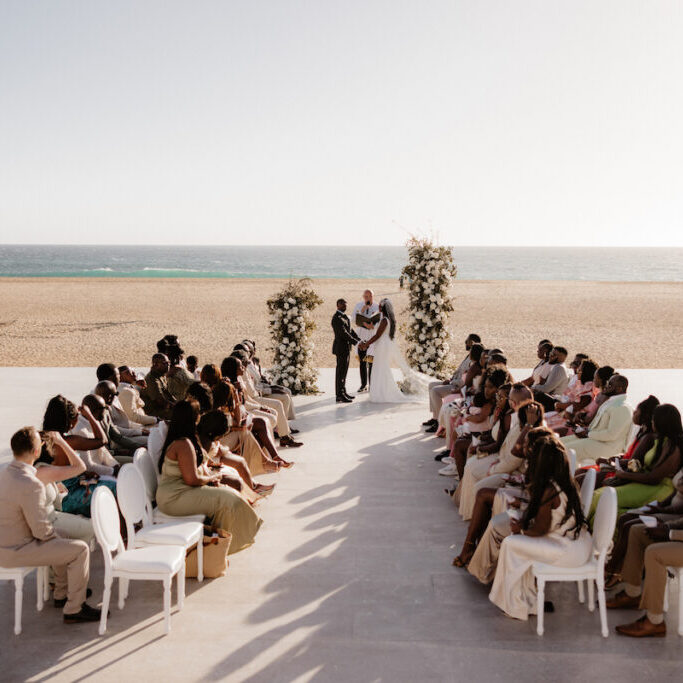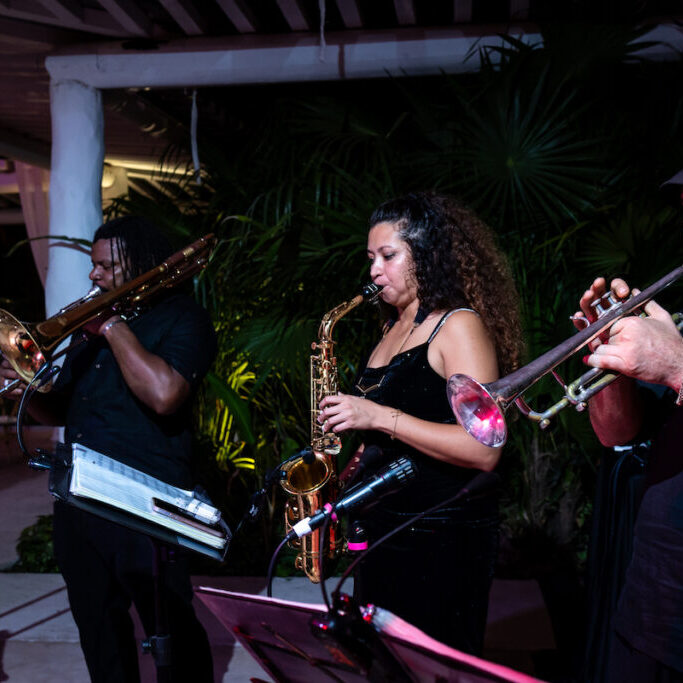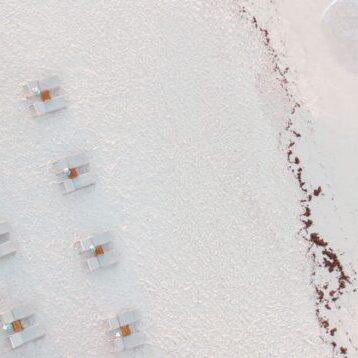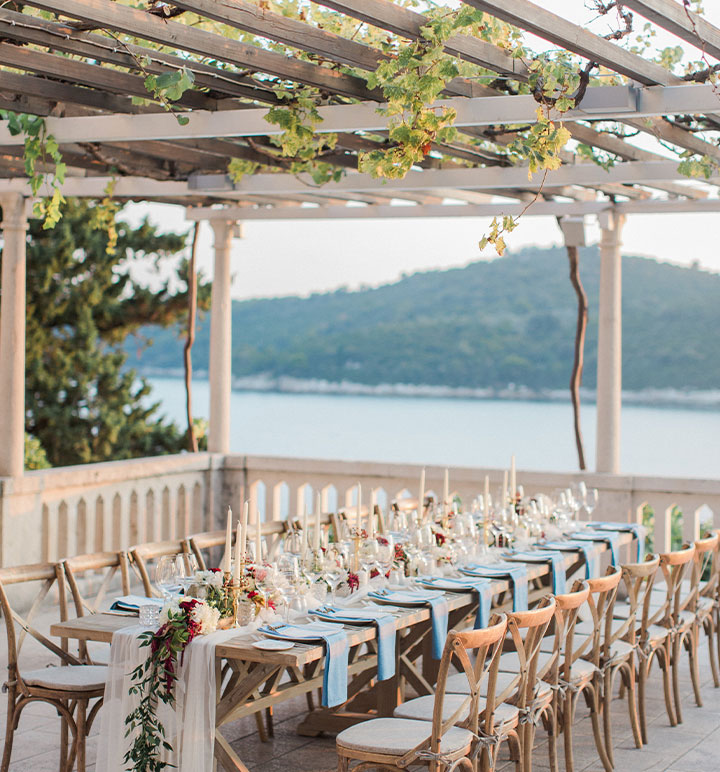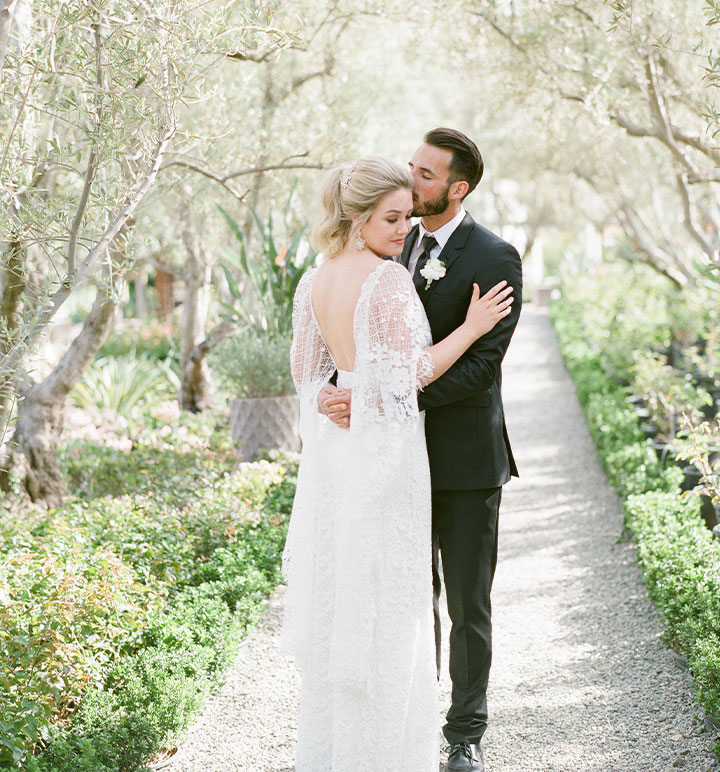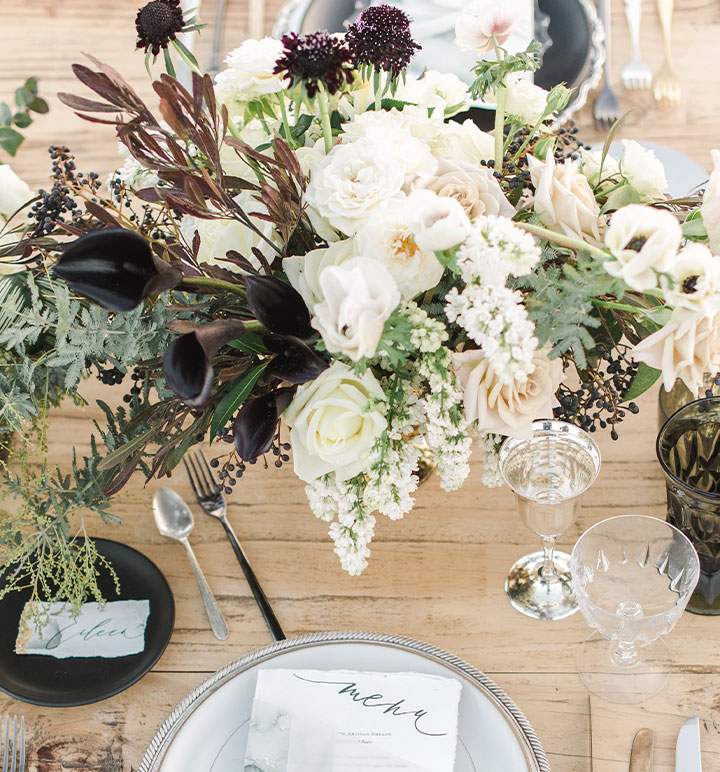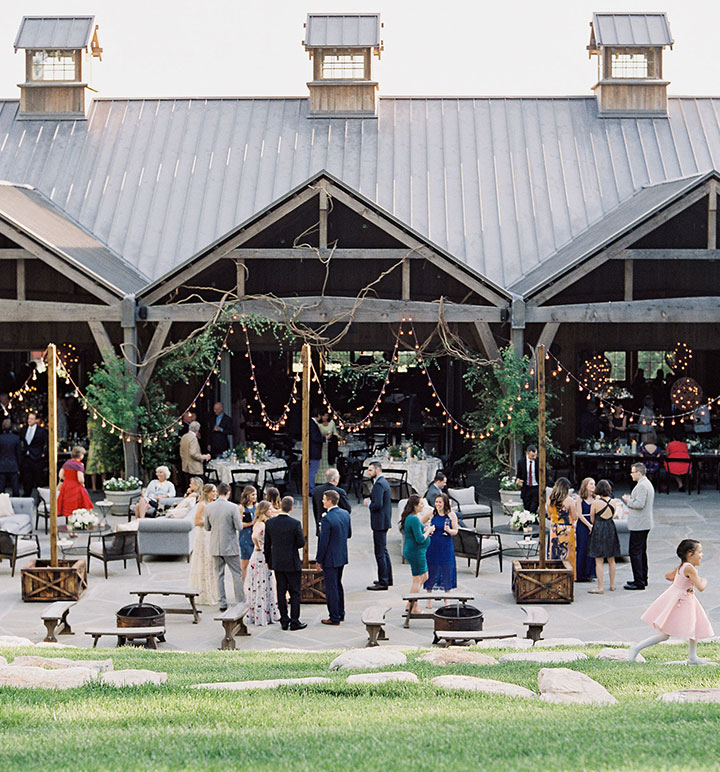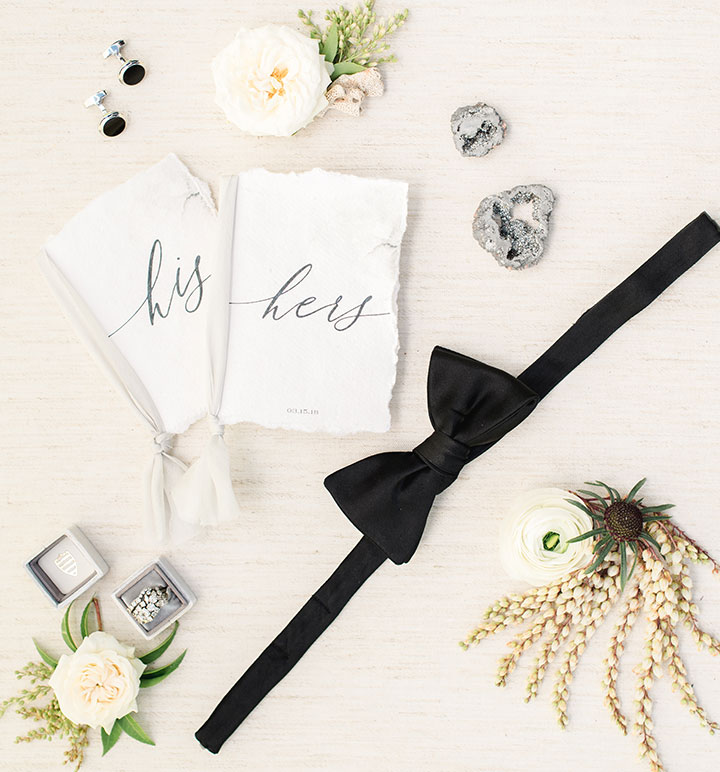The Magic of Morocco
CATEGORIES
June 19, 2019
Words by
Photos courtesy of
I arrived to the hustle and bustle of market day in Casablanca, Morocco and began the two-hour drive to Marrakesh. One of four imperial cities of Morocco, Marrakesh rises out of the landscape like an intricate, red-tinged mirage. My home here was the lovely La Maison Arabe, located just inside the medina. The medina, a staple of imperial cities, is surrounded by walls dating back to the 12th century and is the epicenter of action and adventure in the city. La Maison Arabe was the first boutique hotel to open up within the walls of the medina back in 1998. Since then, many have followed suit, but none have the reputation for luxurious accommodations and amazing cuisine like La Maison Arabe. After a poolside lunch under shady fig trees at the property’s quiet country club, my adventure officially began.
Take a quick ten-minute walk from the hotel to the historic Marrakesh souks and Djma el Fna Square. You’ll quickly find yourself lost (figuratively) in the 250-acres of craftsmen, food vendors and local artisans. Back at your hotel, cap off the day with a traditional hammam spa treatment (an exfoliating experience using black sea salt) and a hearty and authentic meal at Les Trois Saveurs. As you dig into your tagine, take a moment to soak it all in: La Maison Arabe really shines at night with its intricate architecture and breezy courtyards accented by fragmented lantern light.
Once you’re ready for a change of pace, head west to the coastal imperial city of Essaouira. Unlike the action of the ochre-colored Marrakesh, Essaouira’s medina is closed to cars, making it pedestrian-friendly and perfect for leisurely strolls. The white-washed buildings and blue architectural details make this city an obvious coastal choice. Visit the mellah, or Jewish Quarter, known for its intricately tiled and vibrantly colored doors. I made Heure Bleue Palais my home with its breezy, bright courtyard and eccentric, comfortable accommodations. Like La Maison Arabe, the hotel isn’t much to look at from the outside, but much like love – it’s what’s inside that counts. For an easy afternoon in, head up to the relaxing rooftop pool for some North African sun.
For an authentic, adventurous experience, head to the small city of Diabat for camel rides through the sand and surf. After you’ve said goodbye to your new long-legged friend, set out on foot to explore the historic “castle made of sand.” Once a sultan’s palace, these ruins have since been engulfed by wind and sand. Back in Essaouira, be sure to take a walking tour of the city’s historic battlements and swing by Le Chalet de la Plage for
a scrumptious seafood dinner.
After a few days in Essaouira, pack your bags and head for the town of Imlil and the drama of the High Atlas. The Kasbah du Toubkal peeks out of the mountainside foliage like a high-altitude oasis. As mules loaded with your luggage lead the way, hike about 15 minutes up to the restored fortress which is located on the slopes of the highest peak of the Atlas Mountains in an area known as the “roof of North Africa.” While the accommodations are rustic, they’re comfortable with examples of Berber architecture and thoughtful details like large soaking tubs.
After stepping over the intricately carved doorway, you’re met with traditional Berber hospitality in the form of cooling rose water to cleanse your hands. Berbers are the indigenous people of North Africa and live in the villages surrounding the Kasbah.
I took a challenging hike offered in the area which covers ten miles and takes you through beautiful countryside as well as isolated villages built into the mountainside. There are also plenty of shorter walks and hikes available to take full advantage of this gorgeous location. The spring and fall are ideal here, but I recommend visiting in April through June for gurgling creeks and lush green foliage thanks to the snow run-off. The Kasbah du Toubkal is isolated, intimate and quickly growing in popularity, so be sure to book as far in advance as possible.
There are many ways in which to see the World – you simply need to find what works best for you. For this Moroccan jaunt, we used a travel company, Country Walkers, which caters to couples or groups who want an out-of-the-box experience, but with the comfort of expert guidance. Country Walkers offers experiences from a safari in South Africa or walking tour of Bhutan, to a biking tour of Provence or family adventure in Yellowstone National Park. If you’re looking to go outside your comfort zone for your honeymoon, but aren’t comfortable doing it all on your own, Country Walkers can create a private itinerary for you, or you can choose from one of 150 options, all of which have been expertly planned and scouted by a C.W. expert. If you’re looking to do a group trip abroad, but loathe the idea of spending your honeymoon with 50 strangers, C.W. offers a welcome alternative.
After a week abroad with my Country Walkers comrades, my adventure came to an end. But not before I saw what the beautiful country of Morocco had to offer: land, sea and sky. Venturing into unknown lands with the knowledge and knowhow of experts definitely made the travel experience much more relaxing and is a must for intrepid honeymooners.
REMEMBER
• Marrakesh is a big destination for Parisians, so avoid major French holidays and the hot months of July and August.
• While Morocco is a progressive Islamic country, dress conservatively to avoid any unwanted attention.
• The official language of Morocco is Arabic, but French is also widely spoken.
Photos courtesy of (in order of appearance): Courtney Kellar (1 & 5-9), Heure Bleue Palais (2-4) & Kasbah du Toubkal (10-12).
This article first appeared in Destination I Do’s Fall 2013/Winter 2014 issue. You can order a copy here.











